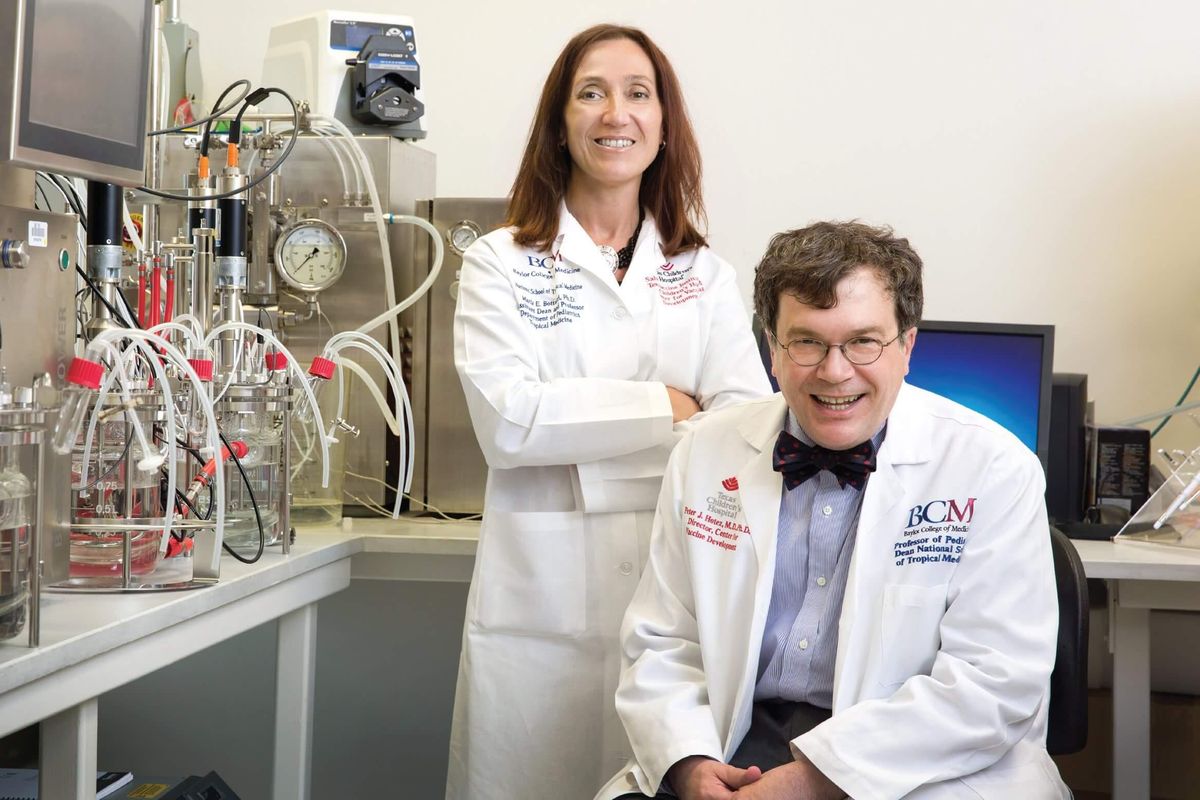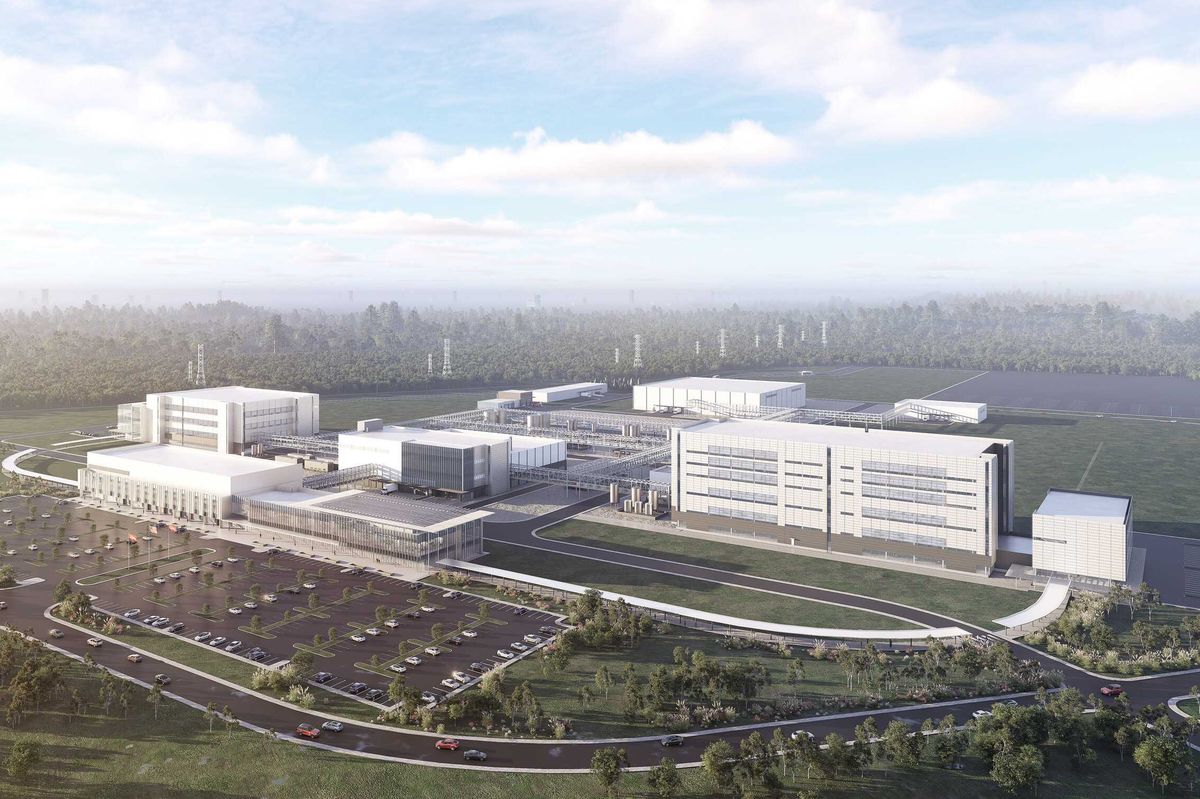Texas outshines California, takes top spot on new solar energy ranking
report
For the first time, Texas has passed California in the second quarter of 2024 to become the top solar state in the country.
The American Clean Power Association's quarterly market report found that, by adding 3,293 megawatts of new solar year-to-date, Texas has the most utility-scale solar capacity installed, comprising 20 percent of the overall U.S. solar fleet. The American Clean Power Association, which represents over 800 energy storage, wind, utility-scale solar, transmission, and clean hydrogen companies, found that Texas is home to 21,932 megawatts of capacity.
By utilizing clean energy initiatives, Texas included 1.6 gigawatts of new solar, 574 megawatts of storage, and 366 megawatts of onshore wind. With more than 28,000 megawatts, Texas had the highest volume of clean power development capacity in the second quarter. About 163,000 megawatts of capacity overall are in the works throughout the United States. Texas ranks No. 1 for total operating wind capacity and total operating solar capacity, and comes in second for operating storage capacity.
Texas again led in production levels with clean power construction projects nationally, which boasts more than 19,000 megawatts worth of clean power energy currently under construction. With almost 28.3 gigawatts in advanced development or under construction, Texas continues to come in at No.1, as California is next with over 16.4 gigawatts in the state’s project pipeline.
California added more than 1,900 megawatts of new clean power capacity in the second quarter, with its clean energy development behavior leaning more towards adding storage, which amounts to 60 percent of California’s year-to-date clean power installations.
According to the report from SmartAsset, the Lone Star State has the most clean energy capacity at 56,405 megawatts due to its sheer size for solar capacity, but continues to trail states with similar geographic characteristics in overall clean energy prevalence.
Another report published by the U.S. Energy Information Administration, says Texas will make up 35 percent of new utility-scale solar capacity in the U.S. this year, followed by California (10 percent) and Florida (6 percent).
While Texas’ solar efforts have shown positive trends, the state ranked No. 38 in a report by WalletHub that determined it was the thirteenth least green state.
------
This article originally ran on EnergyCapital.




















